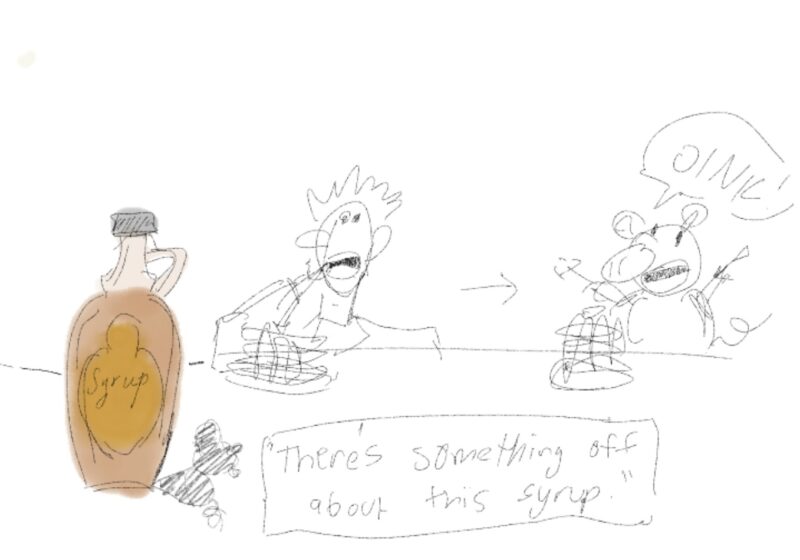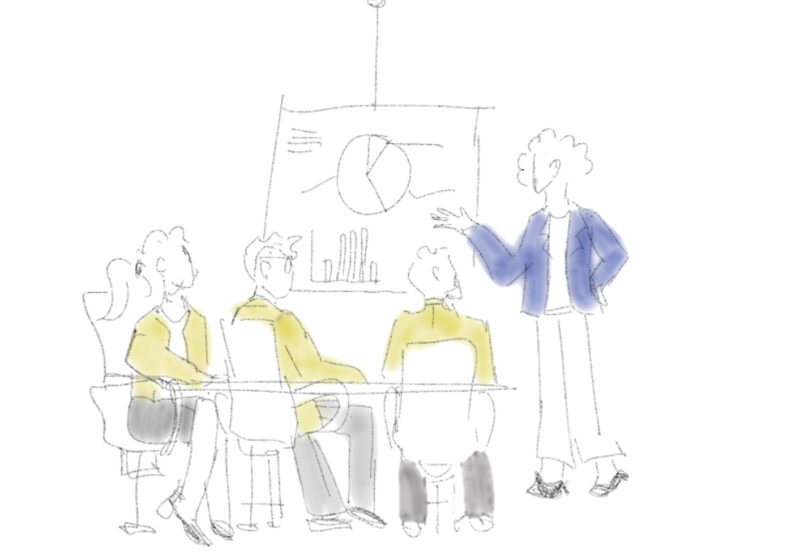If you have been watching the NFL, you will have noticed that something is slightly off from last year’s season. Why was there a penalty flag? How was that a catch?
The NFL Competition Committee has made couple of significant changes to their rulebook that have left the NFL community with mixed feelings. There have been more rule changes, but I’d like to focus on use of helmet, the catch rule, and protection of the quarterback.
The helmet rule change has been met with a lot of objections from players, yet it seems reasonable from an outsider’s perspective. The rule states that if a player, on offense or defense, leads with his helmet to commence contact, they will be penalized or even ejected from the game.
The rule change, from an outsider’s perspective, makes sense given the stories of head and spinal injuries that have surfaced from the NFL. However, this sentiment is not reflected by the players.
The safety on a team’s defense is a a defensive back that will often wait in space until the play unfolds to deliver the biggest hits. For that reason they’re often called the “enforcer”.
Redskins safety D.J. Swearinger claimed that he “didn’t sign up to play two-hand touch” while Vikings safety Andrew Sendejo has been seen wearing a “Make Football Violent Again” hat as an ironic spin on the popular slogan “Make America Great Again” by Donald Trump. The new helmet rule, though unpopular with the hard-hitting players of the NFL, has the health and safety of said players in mind and will not be revised by the NFL.
Along the same safety guidelines, the next significant rule change is the new quarterback protection rule. The rule dictates that a defender must not place all of his weight when bringing down or landing on the quarterback.
This rule has been heavily criticized as well because it seemingly goes against the rules of physics.
Take Clay Matthews, the 6’3”, 255 pound linebacker for the Packers, who has been flagged in each of his first three games for this foul. Now, imagine you are Clay Matthews running full speed at someone. It would be rather hard to change your trajectory at the last second while also trying to change a muscle memory you have been training for years.
Dolphins defensive end William Hayes blamed his recent season-ending ACL tear on attempting to avoid putting his body weight on Raiders quarterback Derek Carr during a game. Though it makes sense to protect quarterbacks, the rule does not protect other players as it results in many penalties, fines, and even injuries.
The final rule change, the new catch rule, has no regard to health and safety but is simply a clarification on an ambiguous and controversial former rule. The NFL scratched any previous legislation on the catch rule and narrowed it down to three easy qualifications. The player must have control of the ball, have both feet or a body part in bounds during the catch, and he must be making a football move or have the ability to make such a move.
These three qualifications are an attempt to make the lives of referees easier as controversial catch rulings have been subject to ridicule over the last few seasons. Unlike the safety-based rules previously mentioned, this rule makes no gameplay change for the players but simply defines what is needed to justify a catch.
All three of the rules have the potential to cost someone a play, a win, or a championship, but they are part of an ever-evolving NFL community. Though it continues to receive criticism from all sides, the NFL is one of the largest sports communities in the world and will continue to have viewership and influence no matter how “soft” players believe the league is becoming.




